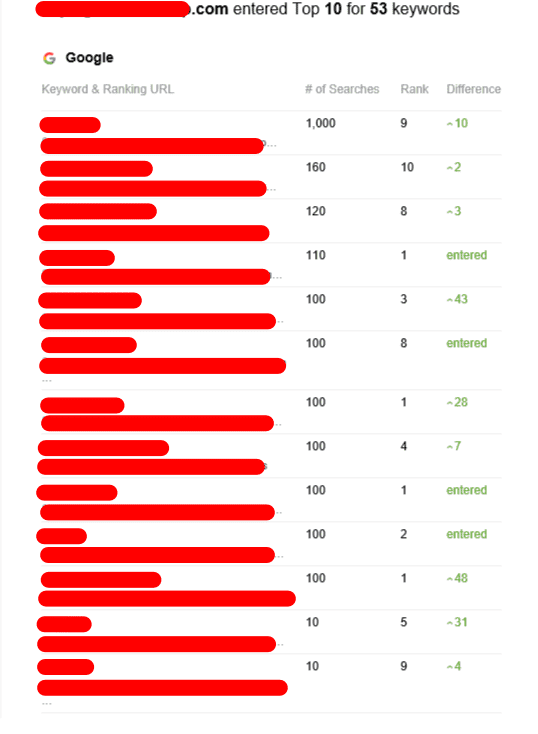Tiered Link Building
Tiered link-building is a well-known SEO strategy for building backlinks to increase your site's PageRank. It is a black-hat technique that can lead to a Google penalty.

First-tier backlinks are relevant quality, high-quality backlinks that drive an enormous amount of PageRank to your website. These links are typically acquired through guest posts, press releases or social media profiles, as well as directories.
Tier 1
Tiered link building is a method to boost the authority of your domain by linking to other websites with a high ranking. This is a powerful SEO technique that is known as link juice transfer. Tiered link building can be achieved by hand or with automated tools. It is important that you follow Google's Webmaster Guidelines if you are using automated tools. You could end up breaking Google's terms of service, and may be penalized.
A first-tier backlink a dofollow link that passes PageRank value from its parent site to the target website. You can find these links by engaging in link outreach and by creating relevant content. You want links from authoritative sites with high domain authority. A first-tier link from Real Business, for example could be beneficial to your particular niche since it could give a significant amount of rank power to your website.
Second-tier links can be used to improve your domain's authority by pointing them to guest blog posts on higher-ranking websites. This is a great way to boost your rankings as it indicates that you have a solid relationship with the more authoritative website. These links can be accessed via forums, social media and bio profile links. But, you should be wary of using tier 2 backlinks from sites that offer spammy content.
Tier 2
Tier 2 backlinks are a fantastic way to increase the power of your existing links. These links can increase your Google ranking and boost traffic to your site. Tier 2 links are cheaper than the first-tier ones. However, you should only build tier 2 backlinks to pages that have a high authority on domains. Your campaign will be successful if you choose the best link-building strategies.
Quality is not as crucial for tier 2 links than for the first-tier. In fact you can make use of links from sites with a lower domain authority, as long as they don't appear like spammy. This includes review sites, directories as well as social bookmarking sites forum links, as well as web 2.0 hyperlinks. It is important not to using automated tools when creating second-tier links, as search engines are able to easily identify them.
It is essential to choose a tier-2 donor website that has a positive reputation and is relevant to your subject. If you write about digital agencies, for instance you should look for a website that has a solid SEO profile and a large online audience. You could be wasting time and money if you don't. It is therefore best to select a donor site with a DR of between 20 and 50%.
Tier 3
Tier 2 backlinks are a great way to boost existing links that have good page strength. They can be used to boost the authority of new sites or blog posts that need some extra assistance in ranking on Google. Be cautious when using Tier 2 backlinks. It is not recommended to use them for direct links to your site for money It is advised to build tier 2 backlinks from high quality sites with good domain authority.
Second-tier backlinks can be mixed dofollow and nofollow links, and should be obtained from reliable, trustworthy websites. This includes PBNs as well as article directories, forums, social media posts, and web 2.0 sites. It's important to keep in mind that you must comply with Google's guidelines for building links on this type of website.
Tier 3 links are the least-quality links in your link-building plan. Although they are often non-follow links with a low amount of link equity, they can aid in increasing the authority of your domain website. This can help your site get higher rankings on search results and lead to more traffic and sales.
Tiered link building is now a favorite among many SEO practitioners However, it's not without risk. It's often viewed as an illegal technique that goes against Google guidelines and could lead to penalties. It may be effective in certain situations, however, it's essential to do your research to find the most effective strategy for your company.
Risks
Tiered link building is a controversial approach that could be detrimental to your website's SEO. Tiered links are only effective in the event that they are your sole option to increase your backlink profile, and you have enough resources to make it happen. You could end up sprinkling your site with Google and risking a penalty.
Using tier links can be an extremely risky venture, particularly if you use an illegal method. Black-hat methods typically include link schemes, which are often very ineffective. Google will eventually catch on to your scheme, or you will simply get tired of maintaining fake backlinks.
The fact that tiered hyperlinks can harm your ranking by distributing too many link juices is a different issue. Your metrics will drop in the event that you receive too many links from websites of poor quality. tiered backlinks happens when companies use automated tools to build up excessive links.
Additionally, tiered links are difficult to track and monitor. It is essential to choose a tool that lets you see all the links in your backlink profile, so you can monitor how they are performing. In the absence of this, it's easy to lose track of some hyperlinks and miss their significance. There are a variety of ways to create backlinks that are ethical and will provide long-lasting benefits.
